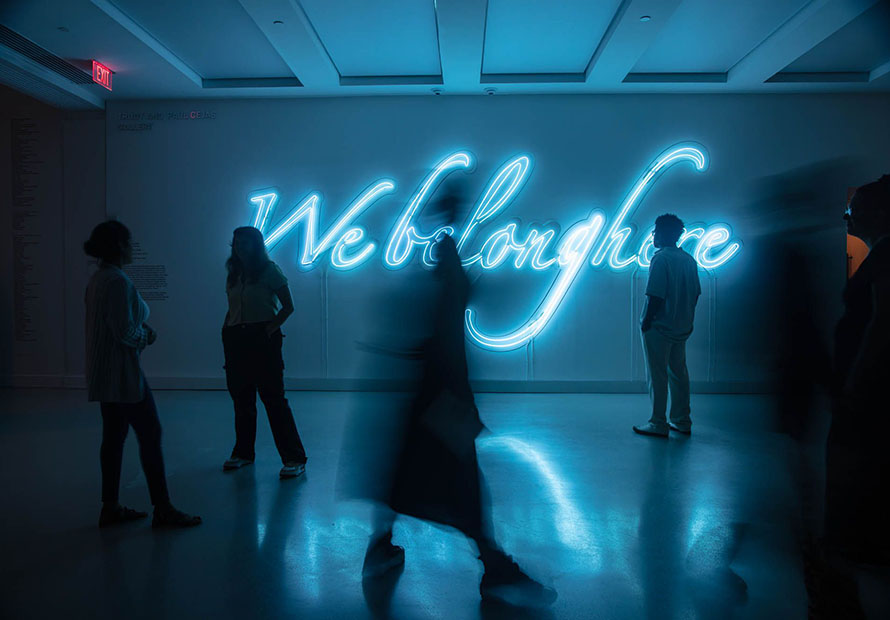- By María Antonia Lossada
In art, admiration for a fellow artist has the power and humility to bring great personalities together, fostering connections that nourish and strengthen them individually.
The setting was Paris during the 1930s and 40s, with Pablo Picasso (1881-1973) as the dynamic centerpiece of avant-garde artistic movements, and Wifredo Lam (1902-1982), a Cuban escaping the outbreak of the Spanish Civil War, after spending fourteen years in Spain surrounded by intellectual elites.
Picasso was intrigued by Lam, whose blend of Spanish, Caribbean, and African influences resonated with the artistic concerns of the time. In 1938, Paris, through Picasso, breathed new and vital life into Lam, who absorbed everything the city and Picasso had to offer—a significant amount indeed!
Immediately, Picasso introduced Lam to the Director of the Musée de l’Homme, who showed him the stunning collections of primitive art. This opened Lam’s eyes to the richness of African art, which would profoundly influence his work.
One object that particularly impressed Lam was a Baoulé mask from the Ivory Coast, part of Picasso’s private collection. Picasso had already explored these forms in his own work, especially in his cubist representations. It’s no surprise that Lam, with his Cuban roots and maternal African ancestry, found a deep personal connection to the mask.
The symbolic influence of the Baoulé mask is evident in both artists’ work. In Lam’s case, “The Jungle” (1943) features figures with elongated, geometrized faces that evoke the style of African masks. Similarly, in Picasso’s “Les Demoiselles d’Avignon” (1907), the influence of the shapes and proportions of African masks is palpable in the distorted female figures. These two masterpieces, in both their careers, reflect a cultural intersection.
Although there is no record of Picasso and Lam collaborating on a specific piece, their exchange was profound. Picasso, fascinated by the primitive and non-Western, found in Lam an authentic version of what he was searching for. Meanwhile, Lam absorbed Picasso’s cubist language, as he had with the surrealist movement, and fused it with his own imagery, creating something entirely new.
Lam’s work from the early 1940s reflects Picasso’s influence, breaking down human figures into geometric shapes. At the same time, Picasso admired the way Lam connected modern European art with his African and Caribbean roots—a bridge Lam crossed effortlessly.
It is said that Picasso jokingly told Lam, “You can paint masks without looking like a thief,” a playful reference to the criticism Picasso himself had faced for “appropriating” African art in his works. Lam, in turn, admired and respected Picasso but was determined to forge his own path. “I didn’t want to be a black Picasso,” he once said, aware that his identity as an artist was linked to something far deeper than mere imitation.
The impact of the relationship between Picasso and Lam was significant, not only for them as individuals but also for 20th-century art. Lam became a link between modern European art and African and Caribbean cultures, enriching both worlds with his fusion of styles and themes. Furthermore, this relationship helped bring Latin American artists into the global spotlight, showing that their voices and perspectives were essential to the development of modern art.
The meeting between Picasso and Lam was more than a simple crossing of paths. It was a collision of cultures, styles, and visions that continues to resonate in the art world, with a lasting impact on the appreciation of African and Latin American art on a global scale.
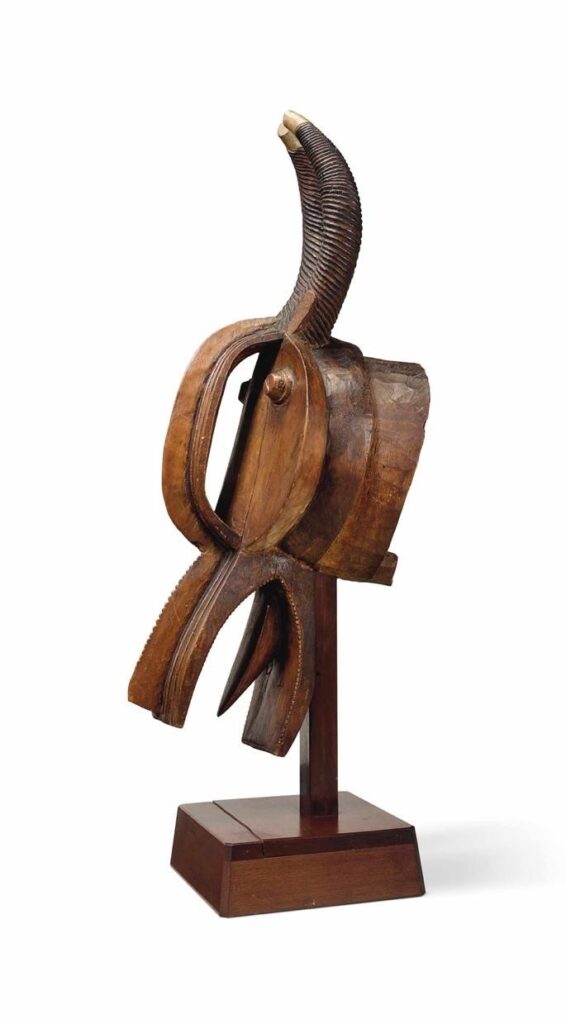
1.- Photo from Christie’s.
Baoulé Mask, Ivory Coast.
Provenance: André Breton, Pablo Picasso, Marina Picasso, Jan Krugier.
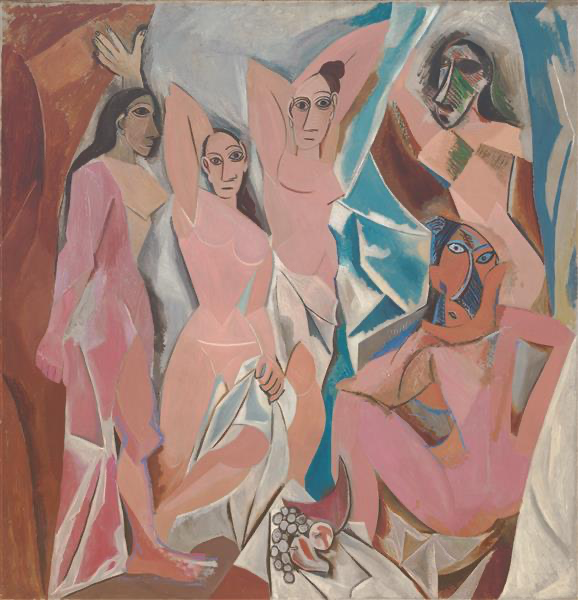
2.- Photo from Wikiart
“Les Demoiselles d’Avignon,” 1907.
Oil on canvas.
(243.9 x 233.7 cm)
MoMA, New York.
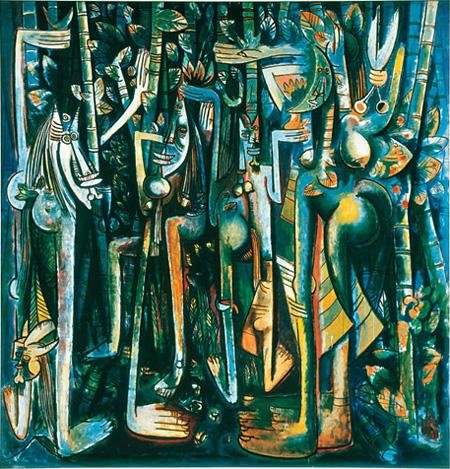
3.- Photo from [Wifredo Lam’s official website] “The Jungle,” 1943.
Gouache on paper mounted on canvas.
(239.4 x 229.9 cm)
MoMA, New York.
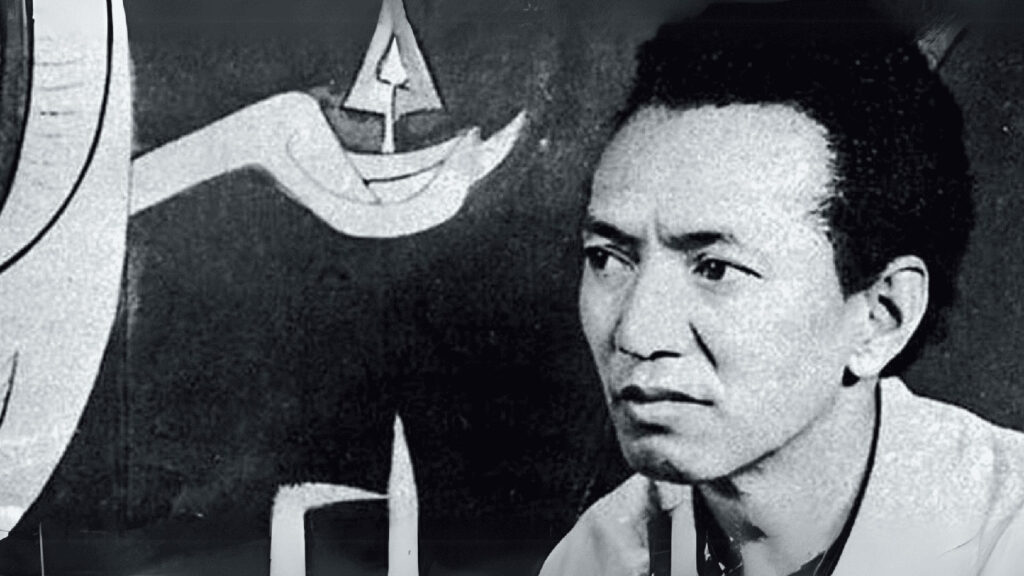
1.- Photo from Wikiart
“Les Demoiselles d’Avignon,” 1907.
Oil on canvas.
(243.9 x 233.7 cm)
MoMA, New York.
2.- Photo from [Wifredo Lam’s official website](https://www.wifredolam.net/es/obras/pinturas-anos-40.html)
“The Jungle,” 1943.
Gouache on paper mounted on canvas.
(239.4 x 229.9 cm)
MoMA, New York.

